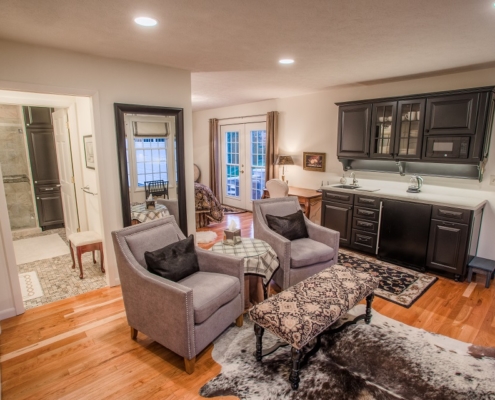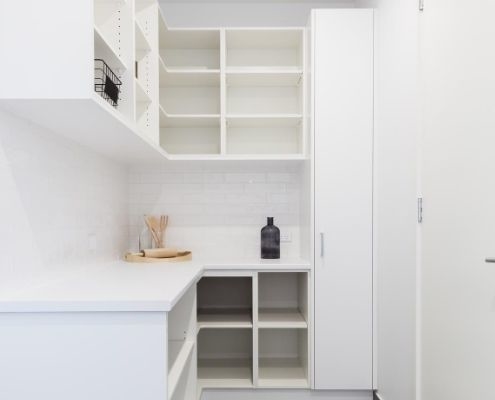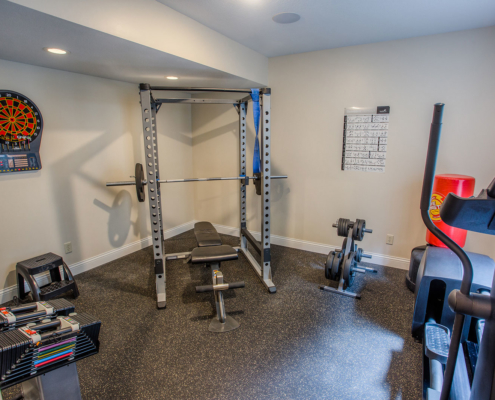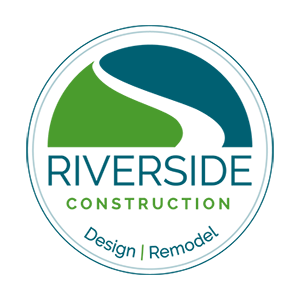How COVID Is Reshaping Home Design and What Homeowners Want
There’s no doubt that COVID-19 has changed our lives, and that it will continue to change how we live in the near future. Home design, of course, is not immune from these effects. In fact, homeowners’ needs have changed quite a bit, particularly as family members spend more time working at home, as their children continue virtual classroom learning, and as health concerns mount. Here are a few ways home remodeling is helping people improve their lives in Lafayette and West Lafayette, Indiana:
Adding Home Offices
Working from home is becoming the new norm, and many companies are looking to adopt remote jobs permanently going forward. Dining room tables may work for the short-term, but eventually everyone needs a quiet, well-lit space that they can work at comfortably. This has led to an increase in the number of homeowners looking to add a functional home office or workspace.
There are many aspects of a home office workspace to consider – lighting, storage, video conferencing, and sound transmission, to name a few. You will want to take all of these into consideration when selecting the right space for your office. Unfortunately, many homes don’t have extra rooms that can be easily adapted to this new use, so homeowners are having to be creative about where they carve out a new work area. Design professionals can help you make decisions about how to add a workspace into your existing footprint without losing valuable living space; or add on.
Building a Room Addition

After spending several months quarantined in the same house, many families are seeing the benefit of having more space to spread out. If it’s not in your plans to move into a larger home, building square footage onto your home may be the answer. Adding just a few square feet, or another level, can make quite a difference, and it will increase the value of your home when it comes time to sell.
Some families are having difficulty finding privacy in homes that are designed with an open concept floor plan. As such, they are looking to add walls, partitions, or doors to create private spaces. Look at the areas of your home that aren’t used very often and see if adding dividers or furniture can help you break them up into smaller, more personal, spaces.
Adding More Storage and Larger Pantries

Since stocking up and making fewer trips to the store is the norm now, many families are looking to add more storage space for their non-perishable food items and cleaning supplies. These areas are best located away from living areas, so products don’t have to be carried throughout the entire home to get them where they need to be.
Underused spaces, such as the basement or garage, can be modified to include additional shelving, drawers, and bins to hold groceries, spices, cleaning supplies, and other staples. Be sure to include additional lighting and ventilation to make using these areas easier and to help protect food from spoiling.
Upgrading Bathrooms
The shortage of toilet paper, as well as a heightened interest in cleanliness, has led to an increase in the purchase of bidets and other washing appliances for the bathroom. Bidets are used around the world, and offer a clean, sanitary alternative to paper. If you don’t want to install another fixture in your bathroom, there are toilet seats available that include a bidet attachment.
More luxury fixtures are also being installed in bathrooms these days, as many spas or pools have closed. Jetted tubs, walk-in tubs, voice-activated or touchless faucets and larger showers with multiple heads can all make you feel like you are being pampered, and safe, in your own home.
Adding Home Gyms

Homeowners stuck at home are looking to home gyms to keep them in shape and help them handle the stress that the virus has caused. The first step in designing a home gym is to look at the type of equipment that will be used in the space, and then design the space around it. A gym with a treadmill and free weights is going to need different features than one that is used for yoga and Pilates, for example.
You’ll also want to consider the type of media that will be used in your home gym. If you like to watch TV while exercising, then make sure a flat screen is part of the décor. If all you want is soothing music, then a sound system and speakers will be required. You may want to add ventilation or fans if the space will be used for strenuous exercise.
Using Easy to Clean Surfaces
Cleaning has become a focus for our lives the past few months. Installing surfaces that are easy to clean and disinfect easily will help contain virus transmission, as well as help asthma and allergy sufferers living in your home. Look for non-porous materials that can be easily cleaned with household cleaners and don’t require special treatment. Stainless steel, laminate, and porcelain are all good choices to use in the kitchen or bathroom.
There are some materials that are naturally antimicrobial or that aren’t hospitable to germs in general. Copper and brass are naturally antimicrobial and have been used in plumbing materials for generations. Cork flooring not only resists germs, it is soft, insulating, and water resistant too. Other materials to consider are luxury vinyl tile (LVT) for flooring, and antimicrobial paint.
More Hands-Free Fixtures
Hands-free faucets and dispensers have been in use commercially for several years. Now they are becoming more popular for home use. Both plumbing and electrical fixtures are available with hands-free operation. Some even offer voice-controls and they can connect to your smart home system and control through an app, meaning you don’t even have to be in the same room to make them work!
Improved Air Filtration
Homeowners are looking for ways to make sure the air they breathe indoors is safe and healthy, even during these times when more people are spending time at home. Buying better air filters and cleaning or changing them more often will help. Fresh air from the outside is, usually, better than recirculated air, so opening windows is always a good idea when you can.
If you’d like more protection, there are some additional filtration systems that can be added to your home ventilation equipment to help ensure that your indoor air is healthy. Technology such as infrared and ultraviolet light filters can be added to existing systems easily. The light kills viruses and microbes in the air before they get into the home, ensuring that everyone breathes easier.
Expanded Mudrooms and Entry Ways
One of the ways the Coronavirus can get into our homes is through the soles of shoes. Many families are instituting a “no shoe” rule in their homes to help calm the spread. This has led to more families adding mudrooms or expanding storage in their entry way to store shoes and other clothing. You could also add a small sink to the mudroom, allowing everyone the chance to wash their hands before they enter the living areas of your home. Besides shoe storage, it is thoughtful to add some additional seating in these areas, so visitors have a place to safely take off and put on their shoes.
Staying Safe While Staying Home
The Coronavirus has caused changes in all our lives. Some of these changes may be temporary, but others will continue long into the future. Making some of the changes above to your home will help you stay home more comfortably, so you can enjoy your family and your work more peacefully.
If you need more ideas for making your home safer and healthier, visit our portfolio. Once you have selected your project, we’ll be waiting to hear from you to schedule a virtual or in-person consultation.
Also, you can sign up to receive the Riverside newsletter — Designed for Home — to stay abreast of new ideas for your home.



